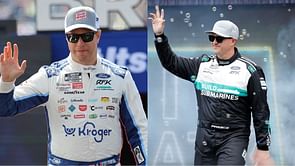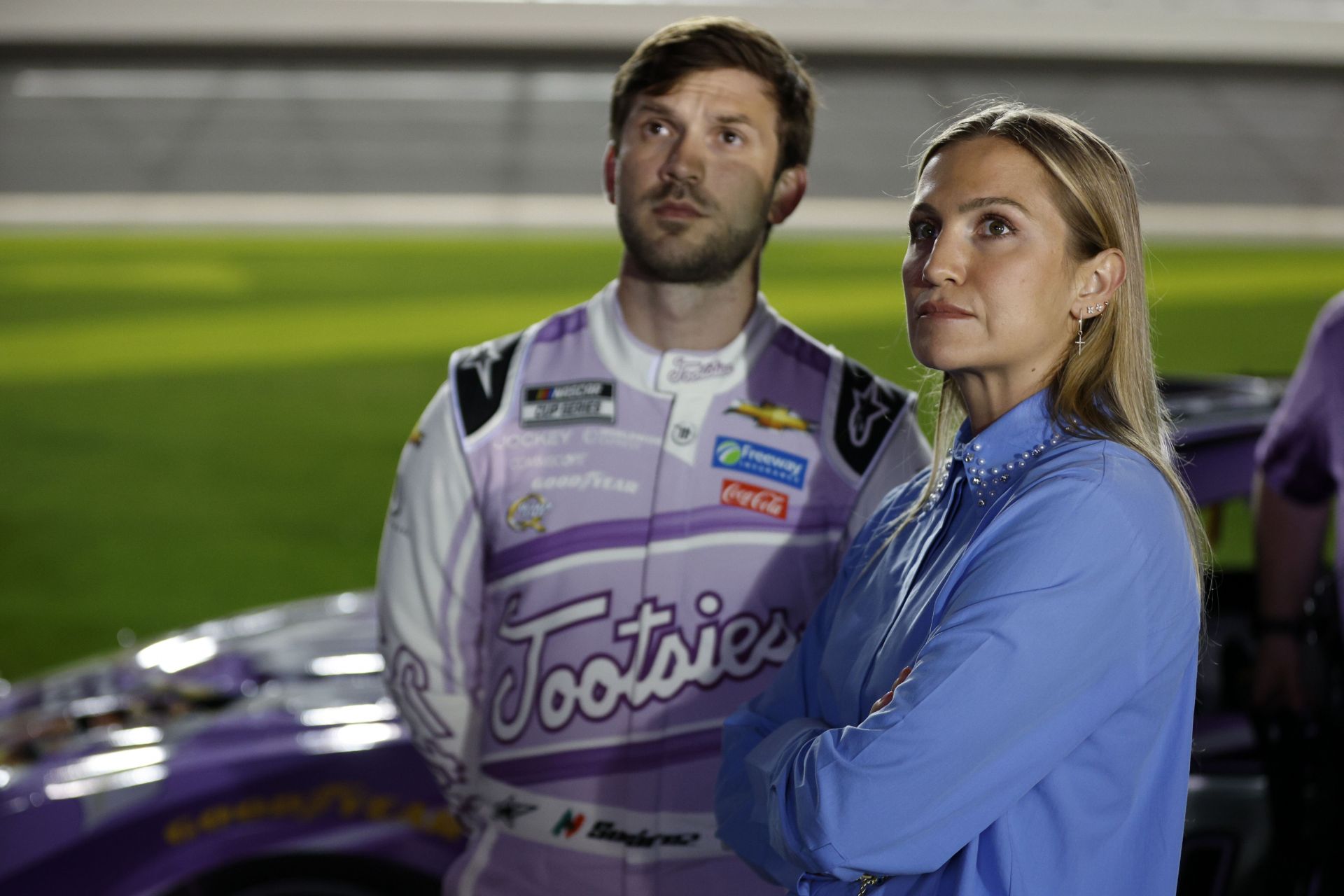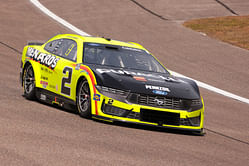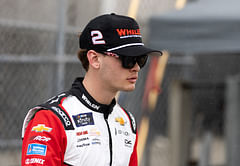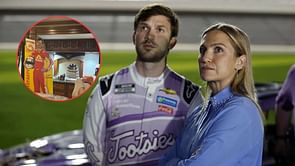
NASCAR is a thrilling, high-speed and adrenaline filled American motorsport.The vehicles used for racing are production stock cars and pickup trucks, optimized for racing. All three NASCAR series (Cup series, Xfinity series and truck series) primarily race on oval tracks with few races held on road courses.
Oval race tracks are very popular in American four wheel motorsports. Indycar is another popular American racing championship which holds some of its races on oval-shaped tracks. There are 1262 oval tracks, drag strips and road courses combined, out of which 901 are oval tracks and among them 683 are dirt tracks, according to the 2013 National Speedway Directory. Some of the most famous oval tracks are Indianapolis Motor Speedway, Daytona International Speedway and Talladega Superspeedway.
NASCAR uses the oval tracks to maximize the mechanical and aerodynamic potential of the vehicles. Due to this, the cars and trucks can maintain high speeds throughout the lap as compared to traditional road courses where there are numerous turns. Perhaps the best advantage of racing on oval tracks is the potential to overtake with relative ease as the cars benefit from the slipstream effect. This creates an exhilarating environment where drivers battle to overtake one another at incredible velocities.
In an oval track, the car’s turn in the same direction lap after lap creating unique loads on one side. This adds complexity in terms of car setup and race strategies. This also brings complexity in racing as drivers have to find an adequate racing line and maximize the race strategy to gain an edge over their rivals. As walls, barriers and catch fences are closer to the track, any mistake or error made by drivers results in bigger crashes.
On normal road course tracks, after the cars have passed the particular section or turn, it's difficult to get a glimpse of the action. Hence racing on oval tracks provide greater fan engagement as they are able to view the entire action from their vantage point.
FAQ's On Race tracks by NASCAR
A. Indianapolis Motor Speedway, Daytona International Speedway and Talladega Superspeedway are legendary oval tracks in NASCAR as well as in other motorsports championships.
A. Spectators get to see the whole racing action around the track from their vantage point as the tracks are designed and built as stadiums.
A. There would be a total of 31 oval races in the regular championship season and 4 non-championship oval races.
A. Oval tracks provide great racing action as compared to road courses as the possibilities to overtake on oval tracks are much higher.
A. The main disadvantage of an oval track is its proximity to the barriers, hence when a car loses control and crashes the amount of damage is quite a lot as the cars are almost at their top speeds.
